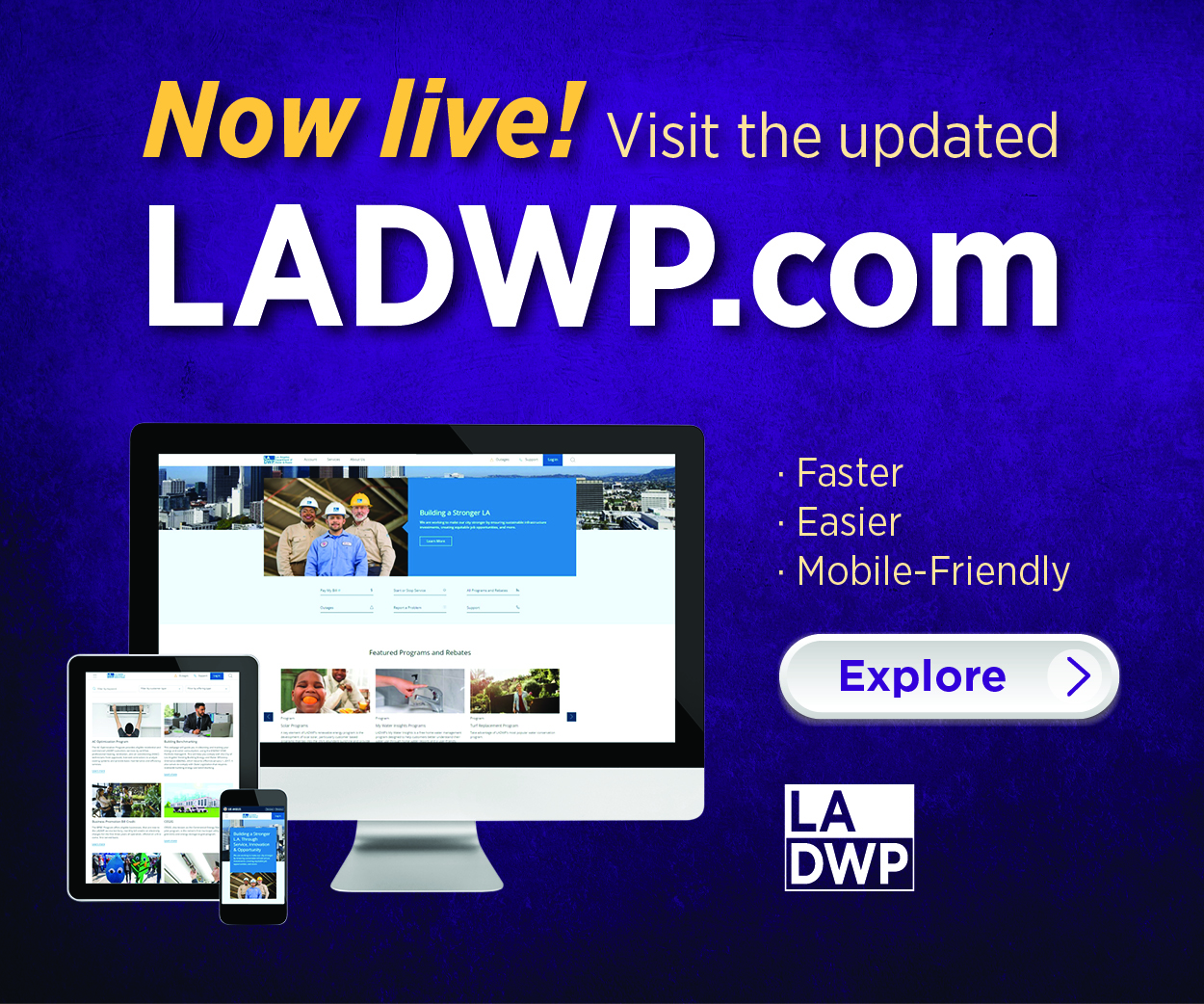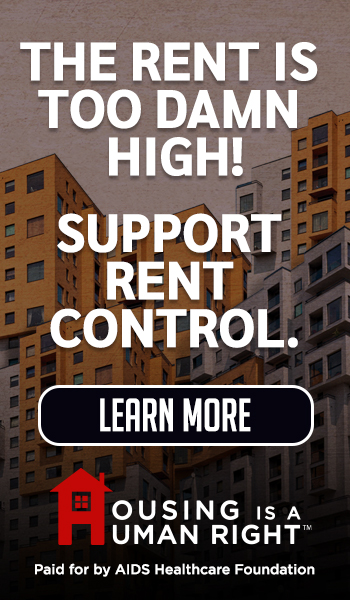Comments
YOUR EYES - According to the Centers for Disease Control and Prevention (CDC), an estimated 12 million people aged 40 and above are living with vision impairment in America. Meanwhile, approximately 6.8% of children below 18 in the US have been diagnosed with an eye condition. In 2012, 4.2 million Americans 40 years and over had irreversible visual impairment, and the CDC estimates that this number will more than double by 2050.
Refractive errors – including nearsightedness, farsightedness, and astigmatism – are the most common eye problems in the US. At the same time, age-related ocular diseases like cataracts, macular degeneration, diabetic retinopathy, and glaucoma remain the leading causes of vision loss and blindness among Americans. With cases of visual impairment projected to rise, access to eye care has become more crucial than ever.
A Gallup survey found that 62% of Americans believe the government should ensure healthcare coverage for everyone. But how is the country addressing the climbing number of vision issues? Here’s what you need to know:
Barriers to vision care
According to the CDC, around 11 million Americans over the age of 12 need vision correction. However, accessing high-quality eye care services that help address ocular needs remains a problem for many people in the US. Research shows that major barriers like high costs, lack of transportation and accessibility, inadequate eye health care literacy, and poor doctor-patient communication contribute to the increasing inaccessibility of vision care in America. These barriers to eye care services compromise vision health and lead to a poorer quality of life.
In response, healthcare professionals and public health officials have strived to enact initiatives to overcome barriers to eye care access, including the Detroit Vision Project, Manhattan Vision Screening, and Healing California, which provide vision care and health education resources. Other programs and opportunities nationwide are also increasing access to eye care.
Improving access
The rise of e-commerce platforms has also paved the way for more eyewear retailers to make vision correction tools like contact lenses more accessible. This can benefit more than 45 million Americans relying on tools like contact lenses for their vision needs. Wearers can now access a wide range of contacts online, including popular brands like Acuvue and Biofinity. These lenses are designed to manage vision issues like astigmatism and presbyopia, and increased availability means patients can access necessary eye care much more easily without having to travel. Eyewear retailers are also making glasses more accessible online, providing a wider variety of options for those with eye problems.
While vision correction tools are now accessible online, affordability is another issue. According to a Los Angeles County ophthalmology clinic survey, 67% of participants cited the cost of eyeglasses as a primary barrier for not getting their prescribed specs. Patients covered by Medicaid and Medicare also couldn’t access glasses due to lack of coverage. In response, community-based eye care programs have been established to improve vision care access by providing free eyeglasses to low-income populations. For instance, the Wills Eye Hospital and Thomas Jefferson University provide support to an annual program that offers free specs and follow-up care to children 19 and younger.
Experts have also urged more interventions to increase access to eye examinations, highlighting the importance of early detection to prevent eye complications from worsening. Studies have since supported reminder calls and enhanced assistance in scheduling eye appointments for improved access, while some programs are already in place to provide eye exams to those in need. For example, the Affordable Care Act’s essential health benefits program offers children access to eye examinations, which is crucial in detecting and treating vision problems as early as possible.
The rising cases of ocular problems are prompting the need for more efficient and accessible eye care services in the country. Existing programs and initiatives are a step in the right direction toward maintaining and improving the ocular health of the American population. For more national and local news, visit the CityWatchLA website.
###
















